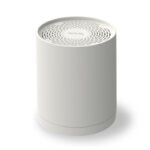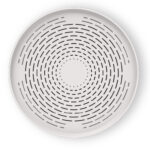Without radon, more than 10 lung cancers per day would disappear
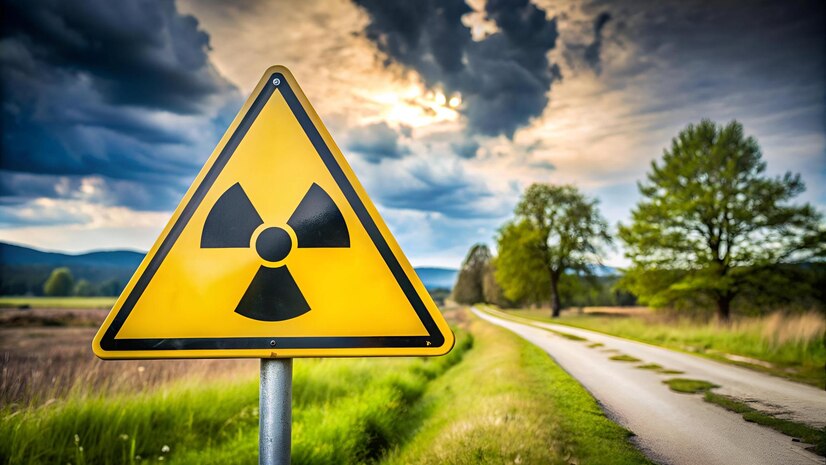
10% of cancers are caused by radon
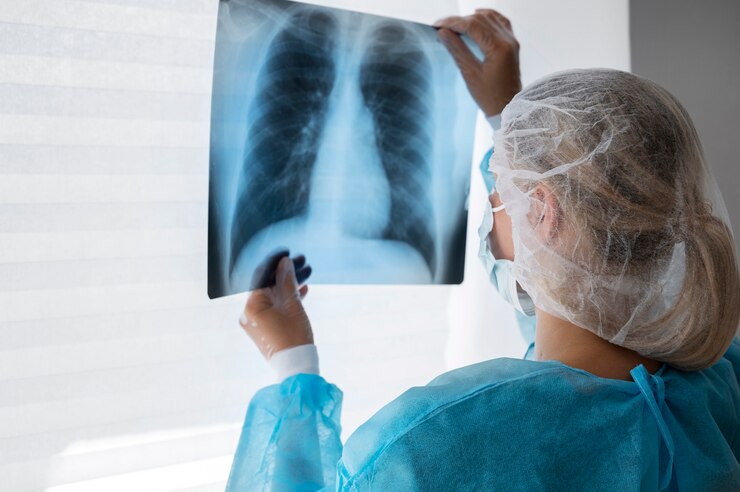
Smoking, everyone knows, is the main culprit in lung cancer (but not only). To date, it is estimated that about 80-85% of new diagnoses are caused by cigarettes.
Yet there is another risk factor, unknown to most, that has a major impact on the development of the disease: radon.
According to the National Institute of Health, exposure to this gas is responsible for about 10% of all lung cancers. Numbers in hand this means that in Italy -of the 40 thousand new diagnoses of the disease per year- 4000 are related to radon exposure, more than 10 every day. Eliminating this risk factor would make an important contribution in reducing new cases of cancer.
Radon, invisible enemy

Incolore, inodore e radioattivo.
E’ questo l’identikit del radon, un elemento presente naturalmente nel suolo ma che a causa di queste caratteristiche lo rende particolarmente insidioso per la nostra salute.
Come tutti gli elementi radioattivi la pericolosità sta nel suo “decadimento”.
L’isotopo più stabile è il radon-222 che decade nel giro di pochi giorni, emettendo radiazioni ionizzanti di tipo alfa e formando i suoi cosiddetti prodotti di decadimento o “figli”, tra cui il polonio-218 e il polonio-214 che emettono anch’essi radiazioni alfa. Ed è proprio l’emissione di radiazioni che ha a che fare con la nostra salute.
The damage to the DNA
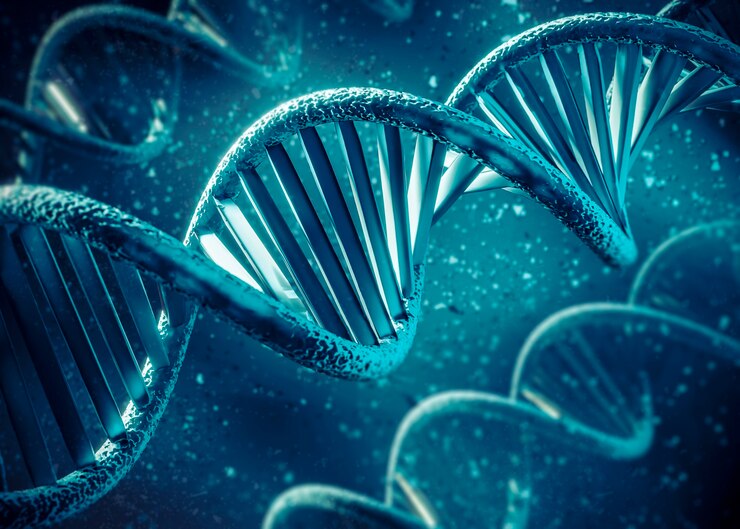
Like all radioactive substances, radon by emitting radiation can go on to damage various components of our cells.
When this happens in the DNA, the risk is to develop cancer.
Since radon is a gas, this is inhaled by reaching the lungs. This explains why the respiratory tree is the place of greatest damage when exposed to radon.
The time factor

Fortunately, our cells have developed mechanisms to repair all damage caused either by external agents or by their own internal malfunctions.
There comes a time, however, when these mechanisms can no longer keep up, and having reached a certain threshold of unrepaired damage, the healthy cell turns into a cancer cell.
Time is everything in this case: several epidemiological studies have shown that the risk of lung cancer increases proportionally as radon concentration increases and as the duration of exposure increases.
With smoking, the effect is multiplied
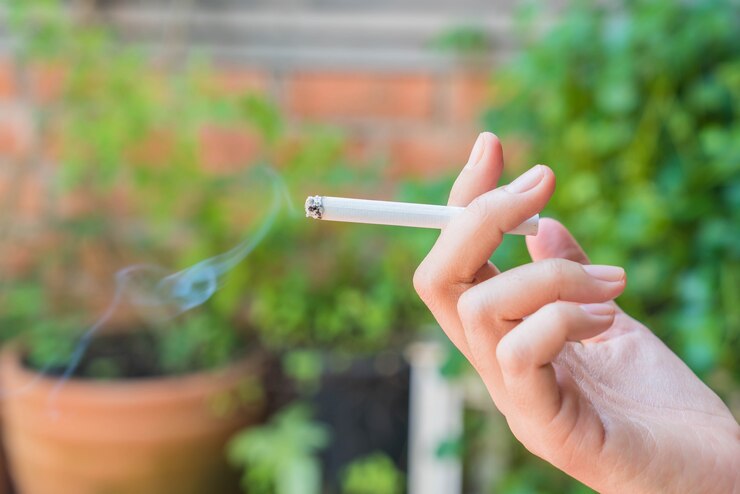
Knowing is the first step to prevention. Did you know that for the same exposure to radon, smokers have a risk of going on to develop lung cancer that is about 20 times greater than a nonsmoker?
This means-as is often the case in medicine-that the ultimate risk is not at all the sum of exposure to two risk factors.
Smoking and radon act in synergy.
Eliminating the former greatly reduces the risk of cancer related to the latter.
Monitoring radon gas with Radoff Sense

On the treatment front for lung cancers-not just one type but different ones depending on the mutations to the DNA-huge strides have been made.
Whereas until a few years ago the only treatments available were surgery and chemotherapy, today thanks to advances in research these cancers are becoming increasingly curable. The credit for this goes to immunotherapy and target therapies.
Prevention, however, always remains the main weapon: eliminating smoking and minimizing radon exposure by monitoring and improving the air we breathe through appropriate devices is the best way to do prevention.
Without radon we could eliminate more than 10 lung cancers every day.
Learn about our solution to keep radon gas under constant control:


